Some BC roads will have 120 km/h limits
As a result of the provincewide Rural Highway Safety and Speed Review, changes that will help improve safety and mobility are coming to B.C.’s rural highways.
This review was undertaken to assess four key aspects of road safety on rural highways, including the setting of appropriate speed limits, requirements for winter tires, keep right except to pass, and wildlife collisions.
Speed Limits:
For the Speed Limit portion of the review, the ministry assessed approximately 9,100 kilometres of rural provincial highway. The ministry will take the following actions:
- Adjust the speed limit on 35 sections of highway covering 1,300 kilometres (approximately 15% of the length of highway reviewed).
- Introduce a new maximum speed of 120 km/h on certain sections of divided multi-lane highways.
- Pilot variable speed zones on sections of the Trans-Canada, Coquihalla and Sea-to-Sky highways.
- Commit to ongoing monitoring and evaluation of speed limits and safety measures with the Road Safety Executive Steering Committee.
- Work to improve the way that data critical to identifying trends in highway safety is shared among all Road Safety Executive Steering Committee members.
Winter Tires:
As a result of technical analysis in the Winter Tire portion of the review, the ministry will take the following actions:
- Bring forward changes to the Motor Vehicle Act to clarify that Mud and Snow (M+S) and mountain/snowflake tires are defined as winter tires.
- Modernize the studded tire and chain regulations.
- Change the dates winter tires are required on high mountain passes to the new timeframe of October 1 to March 31 (was October 1 to April 30).
- Install new winter tire signs to clarify the requirements.
- The ministry will extend additional resources as it continues to work with its road safety partners to promote the ‘Shift into Winter’ campaign, which reminds motorists to prepare their vehicles, ‘know before they go,” and to drive to road conditions.
Keep Right Except to Pass:
The ministry will take the following actions following the Slow-Moving Vehicle portion of the safety review:
- Bring forward changes to the Motor Vehicle Act to give police better tools, through clearer language, to enforce the requirement for slower vehicles to keep right.
- Adopt new signage and pavement markings to increase voluntary compliance of ‘keep right’ requirements.
- Pilot signage on Highway 4 advising motorists with more than five vehicles following to pull over.
Wildlife Collisions:
Through the technical analysis as part of the Wildlife Safety review, measures have been identified that can further improve safety on corridors with higher instances of wildlife collisions. The ministry will take the following actions:
- Pilot two active wildlife detection systems on Highway 3 between Cranbrook and Sparwood.
- Install gateway signs at the entrance to highway corridors with higher instances of wildlife collisions.
- Increase the use of flashing LED warning signs in high crash locations.
- Increase the use of wildlife fencing in high crash locations.
- Additionally, the ministry will continue to monitor wildlife incidents, identify high-risk sections, and implement further measures such as required.
Safety of motorists on provincial highways remains a number one priority. The Province will continue to closely monitor safety on all provincial highways and is committed to the ongoing evaluation and monitoring of speed limits and safety measures, working closely with the road safety community through the Road Safety Executive Steering Committee.
This committee includes the ministry as well as health professionals such as the Provincial Health Officer and the Chief Coroner, the RCMP and local law enforcement, ICBC, WorkSafeBC, and RoadSafetyBC. The Province will also work to improve the way that data critical to identifying trends in highway safety is shared among all committee members.
The number of serious crashes on provincial highways has decreased by 28% since 2003. This is the direct result of targeted and strategic enforcement, driver education, improved vehicle technology, and increased penalties.
Also contributing to this reduction in serious crashes is the government of B.C.’s investment of nearly $14 billion into highway infrastructure since 2003. This investment includes the addition of:
- 6,500 kilometres of rumble strips,
- 80 intersection improvements, many on high-crash locations identified by ICBC,
- 180 kilometres of new four-lane and six-lane highway,
- 30 new passing lanes,
- 28 new roundabouts, and
- 15 active warning sign systems, including vehicle activated warning signs, LED directional arrows, congestion signs and message signs connected to weather stations.
Public consultation for the Rural Highway Safety and Speed Review took place from Nov. 29, 2013 to Jan. 24, 2014. Concurrently, the Ministry of Transportation and Infrastructure conducted technical work, including research from other jurisdictions, and an engineering assessment of the speed, safety, design and land use for all of the individual highway segments identified for speed increases.
Public input and information gained through the technical review was used to identify and prioritize these highway and safety improvements.
The speed limit increases are supported by an engineering assessment of each section and are approved by the Ministry of Transportation and Infrastructure’s Chief Engineer. Speed limits are the maximum speed for ideal conditions. Drivers are reminded to check DriveBC before leaving home and to reduce speed in inclement weather or poor road conditions.

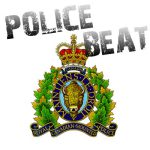
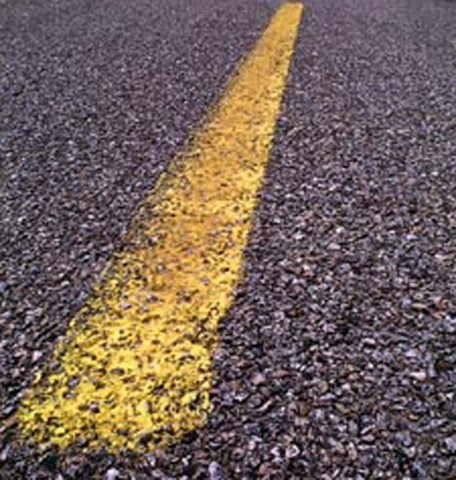

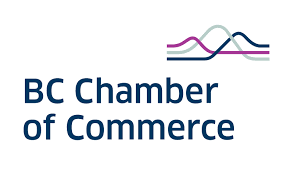

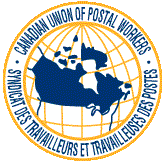
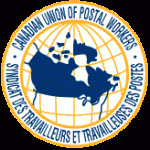



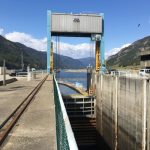






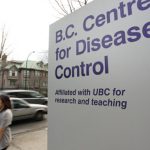
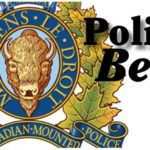





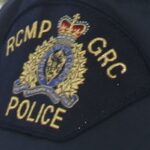
Comments